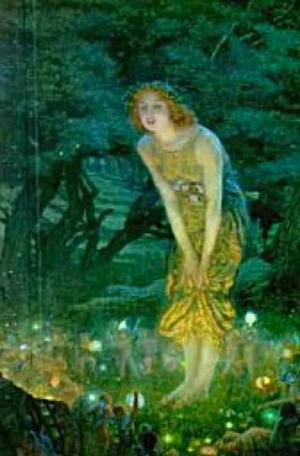Totem and Taboo: Resemblances Between the Psychic Lives of Savages and Neurotics
Nonfiction, Religion & Spirituality, New Age, History, Fiction & Literature| Author: | Sigmund Freud | ISBN: | 9781465571700 |
| Publisher: | Library of Alexandria | Publication: | March 8, 2015 |
| Imprint: | Language: | English |
| Author: | Sigmund Freud |
| ISBN: | 9781465571700 |
| Publisher: | Library of Alexandria |
| Publication: | March 8, 2015 |
| Imprint: | |
| Language: | English |
THE SAVAGE’S DREAD OF INCEST PRIMITIVE man is known to us by the stages of development through which he has passed: that is, through the inanimate monuments and implements which he has left behind for us, through our knowledge of his art, his religion and his attitude towards life, which we have received either directly or through the medium of legends, myths and fairy tales; and through the remnants of his ways of thinking that survive in our own manners and customs. Moreover, in a certain sense he is still our contemporary: there are people whom we still consider more closely related to primitive man than to ourselves, in whom we therefore recognize the direct descendants and representatives of earlier man. We can thus judge the so-called savage and semi-savage races; their psychic life assumes a peculiar interest for us, for we can recognize in their psychic life a well-preserved, early stage of our own development. If this assumption is correct, a comparison of the ‘Psychology of Primitive Races’ as taught by folklore, with the psychology of the neurotic as it has become known through psychoanalysis will reveal numerous points of correspondence and throw new light on subjects that are more or less familiar to us. For outer as well as for inner reasons, I am choosing for this comparison those tribes which have been described by ethnographists as being most backward and wretched: the aborigines of the youngest continent, namely Australia, whose fauna has also preserved for us so much that is archaic and no longer to be found elsewhere. The aborigines of Australia are looked upon as a peculiar race which shows neither physical nor linguistic relationship with its nearest neighbours, the Melanesian, Polynesian and Malayan races. They do not build houses or permanent huts; they do not cultivate the soil or keep any domestic animals except dogs; and they do not even know the art of pottery. They live exclusively on the flesh of all sorts of animals which they kill in the chase, and on the roots which they dig. Kings or chieftains are unknown among them, and all communal affairs are decided by the elders in assembly. It is quite doubtful whether they evince any traces of religion in the form of worship of higher beings.
THE SAVAGE’S DREAD OF INCEST PRIMITIVE man is known to us by the stages of development through which he has passed: that is, through the inanimate monuments and implements which he has left behind for us, through our knowledge of his art, his religion and his attitude towards life, which we have received either directly or through the medium of legends, myths and fairy tales; and through the remnants of his ways of thinking that survive in our own manners and customs. Moreover, in a certain sense he is still our contemporary: there are people whom we still consider more closely related to primitive man than to ourselves, in whom we therefore recognize the direct descendants and representatives of earlier man. We can thus judge the so-called savage and semi-savage races; their psychic life assumes a peculiar interest for us, for we can recognize in their psychic life a well-preserved, early stage of our own development. If this assumption is correct, a comparison of the ‘Psychology of Primitive Races’ as taught by folklore, with the psychology of the neurotic as it has become known through psychoanalysis will reveal numerous points of correspondence and throw new light on subjects that are more or less familiar to us. For outer as well as for inner reasons, I am choosing for this comparison those tribes which have been described by ethnographists as being most backward and wretched: the aborigines of the youngest continent, namely Australia, whose fauna has also preserved for us so much that is archaic and no longer to be found elsewhere. The aborigines of Australia are looked upon as a peculiar race which shows neither physical nor linguistic relationship with its nearest neighbours, the Melanesian, Polynesian and Malayan races. They do not build houses or permanent huts; they do not cultivate the soil or keep any domestic animals except dogs; and they do not even know the art of pottery. They live exclusively on the flesh of all sorts of animals which they kill in the chase, and on the roots which they dig. Kings or chieftains are unknown among them, and all communal affairs are decided by the elders in assembly. It is quite doubtful whether they evince any traces of religion in the form of worship of higher beings.















